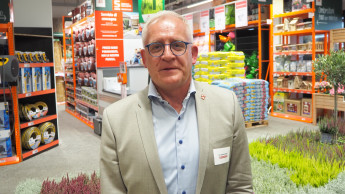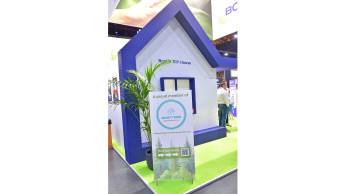

deep insights, facts & figures

Japan is part of the worldwide trend towards stable to buoyant garden markets
The Japanese garden market is expected to continue to develop steadily, even under difficult economic conditions. The latest figures available are from the year 2008 and were published in the run-up to the 4th International Garden Expo Tokyo – Gardex (28 to 30 October 2010). With reference to the Yano Research Institute the fair organisers put a figure of more than US $ 40.5 bn on the total size of the garden market in Japan in 2008, excluding tools. A market volume of US $ 41.9 bn is expected for 2010, though no further increase is anticipated until 2011. The reasons for this steady progress are similar to the developments in many western economies. Consumers have become more sensitive to the safety of food products and to healthy nutrition in general. The demographic factor is making itself very noticeable: the baby boomers are gradually retiring – and so have more time for their gardens. And of course the difficult economic situation also finds expression in the hobbies that people go for: those that in theory help them to save money. In short, “grow your own” is a concept familiar to the Japanese as well. Though vegetable seedlings still account for a much smaller share of the market volume than flower seedlings, for instance. Garden products are sold to consumers through one sales channel in particular, the home centres. These, with just under four-fifths of overall sales, account for the lion’s share of the sales volume and are positioned well ahead of the garden centres. However, the home centres make only around 15 per cent of their sales from garden items in the narrower sense. Even though garden products constitute the biggest category within their product assortment, the percentage still remains quite low in an international comparison, with European DIY stores for example. In terms of sourcing goods, the home centres tend in general to rely on expanding the proportion of their own-label products. To achieve this they have built up their own imports to a considerable extent. The proportion of own-label products at Kohnan, the fourth biggest DIY retailer, is estimated at up to 20 per cent. Only about one-eighth of the garden market as a whole is accounted for by garden centres. A figure of US $ 4.9 bn is put on the sales of this retail channel, while the floristry branch is responsible for the remaining sales. Download:
Related articles
Read also

 Menü
Menü












 Newsletter
Newsletter